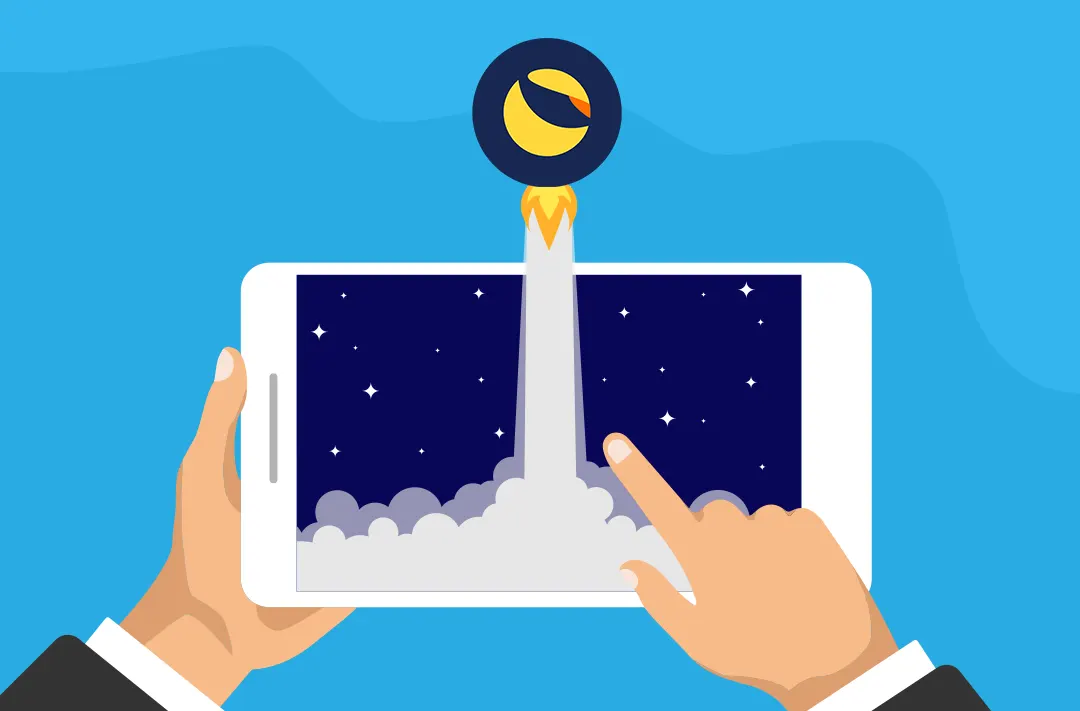Terra 2.0 blockchain launch. Full timeline of the project's revival
GetBlock Magazine's editors continue to monitor the events surrounding the recovery of the Terra ecosystem

31.05.2022
1113
4 min
0
The Terra 2.0 blockchain is designed to preserve the project's ecosystem after the recent crash caused by the collapse of the UST algorithmic stablecoin and the supporting LUNA token to near zero. The old network has been renamed Terra Classic (LUNC), and the LUNA ticker has moved to the new token.
35% of the tokens were distributed among the “pre-attack” LUNC holders, and the “post-attack” owners of the asset received 10%. The “pre” and “post-attack” UST holders received 10% and 15% of the new tokens, respectively. Initially, 30% of funds were unlocked when launched, and the remaining 70% will be distributed over the next two years.
Cryptocurrency exchanges responded positively to the network revival plan and said they were ready to list the new LUNA token.
May 31
At 09:00 Moscow time, a new token LUNA was listed on the Binance cryptocurrency exchange. The initial price was about $1. Shortly after the listing, LUNA reached a peak of $25 (+2500%). As of 17:10 Moscow time, the token rate fell to $8,82 per LUNA.
The founder of Terraform Labs (TFL) Do Kwon is working on a new algorithmic stablecoin on the Terra 2.0 blockchain. This was reported by user FatMan of the Terra Research Forum, citing a “verified insider” close to TFL.
May 28
Do Kwon announced the launch of Terra 2.0 blockchain with the issuance of new LUNA tokens and the listing of the asset on the cryptocurrency exchanges Bybit, KuCoin, Gate.io, and Huobi. According to him, members of the network have already received their tokens. Airdrop took place in the official Terra Station wallet on May 28 at 10:20 a.m. Moscow time.
The initial token price on Bybit was $0,5. LUNA reached a peak of $30 (+6000%) shortly after the network's launch, but then began to drop rapidly.
Law enforcement authorities in South Korea began investigating Do Kwon and other Terraform Labs employees. The financial and securities crime investigation unit of the Seoul Southern District Prosecutor's Office summoned company employees to find out if they were aware of the possible collapse of the ecosystem.
According to prosecutors, company employees said they had “some doubts about the launch of LUNA and Terra because the pilot model failed.” Prosecutors believe the assets were launched and put up for sale despite those concerns. They are also investigating whether Do Kwon manipulated prices and whether the assets were properly verified when listed on the exchanges.
May 27
On this day, it became known that the Terra blockchain would burn 1,3 billion UST stablecoins, which was about 11% of the coins in circulation. The plan was to eliminate USTs from the community pool, as well as coins previously deployed on the Ethereum network to stimulate liquidity. The decision was made in a vote on proposal 1747, which was supported by more than 99% of community members.
The developers delayed the launch of the Terra 2.0 network until May 28 at 9:00 a.m. Moscow time.
Analytics firm Nansen conducted an investigation, which resulted in a claim that the Celsius Network, a DeFi lending platform, was involved in the collapse of the Terra (LUNA) ecosystem. The experts stressed that the depegging of the TerraUSD (UST) stablecoin from the US dollar could not be attributed to a single attacker, but rather to the actions of a small number of crypto market players. To do so, the experts analyzed blockchain data between May 7 and May 11.
Analysts found that two wallet addresses “significantly impacted the UST de-peg,” and one of them was linked to the Celsius Network. About 420 million UST was withdrawn from the two wallets from Anchor in 15 transactions. According to Nansen, Celsius was also a “ close counterparty that has sent and received funds to and from” another wallet, whose actions also contributed to the UST dollar peg breach.
May 26
Scammers started sending fake LUNA 2.0 tokens to users. According to analytics firm PeckShield, the attackers minted more than 1 million coins (Wrapped LUNA 2.0) and began sending them to holders of the original asset. To be convincing, the fake tokens were sent to the addresses of well-known figures and companies in the crypto industry, such as Ethereum co-founder Vitalik Buterin, TRON CEO Justin Sun, venture fund Andreessen Horowitz (a16z), and management company Three Arrows Capital. According to the scammers’ idea, users had to believe that the address from which they received the coins was genuine and send their old LUNA tokens to it for liquidation.
Useful material?
Articles
How the largest cryptocurrency exchange’s initiatives help it maintain its leadership
Nov 19, 2022
Articles
What fan coins are needed for and what events contribute to their growth
Nov 16, 2022
Articles
Why Binance set the trend to publish transparent data on available funds
Nov 14, 2022
Articles
The journalists got acquainted with the documents revealing the details of the financial condition of the exchange
Nov 13, 2022
Articles
Desperate traders with stuck assets resort to semi-legal schemes to save deposits
Nov 11, 2022
Articles
Experts predict when to expect new peaks of the crypto market by analyzing its previous cycles
Nov 10, 2022









 Telegram
Telegram  Twitter
Twitter